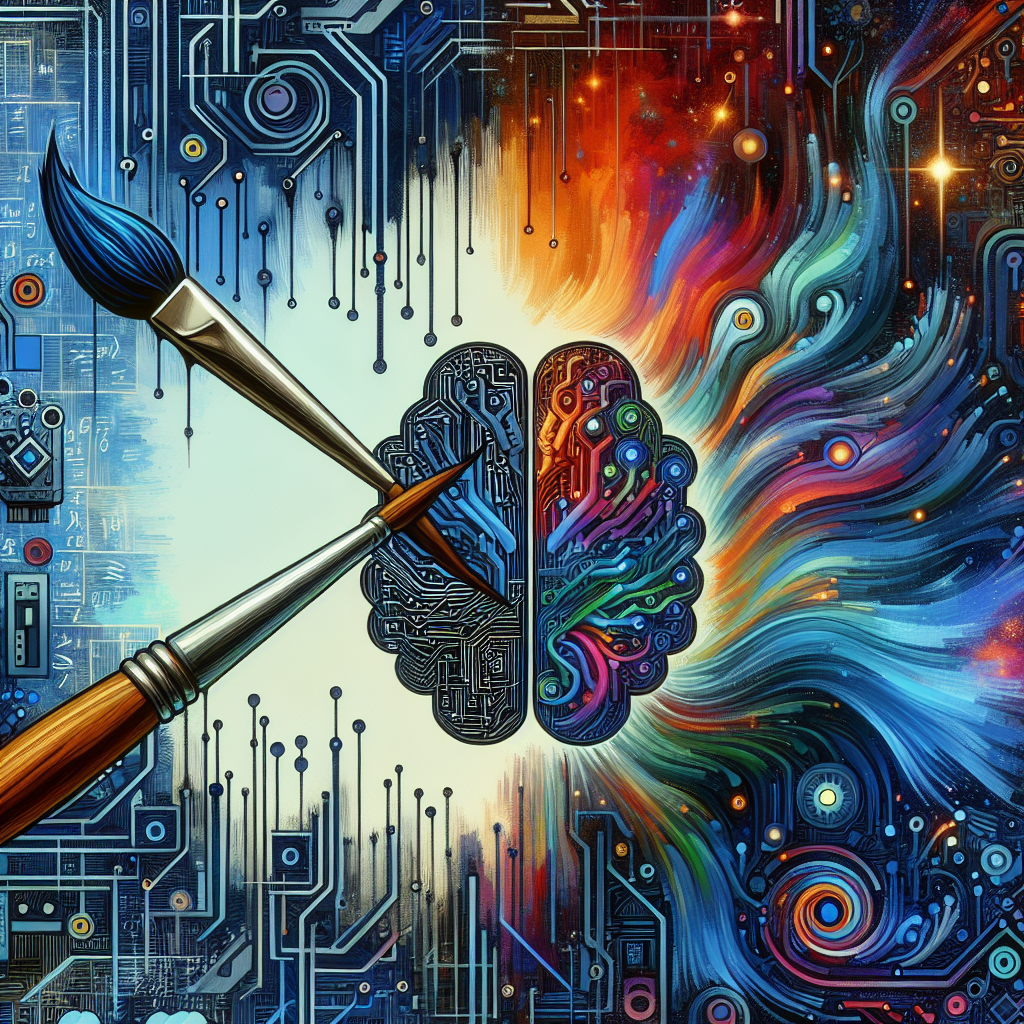Fix today. Protect forever.
Secure your devices with the #1 malware removal and protection software
Art and technology have long been intertwined, with each influencing the other in profound ways. From the use of cameras and computers to create digital art, to the integration of technology in the creation and exhibition of traditional art forms, the relationship between art and technology is constantly evolving. One of the most exciting developments in this intersection is the use of generative artificial intelligence (AI) to create innovative and unique works of art.
Generative AI is a branch of artificial intelligence that uses algorithms to generate new content based on input data. In the context of art, generative AI can be used to create visual and audio content that is both original and unpredictable. By training AI models on large datasets of artistic styles and techniques, artists and technologists can create new and exciting works of art that push the boundaries of creativity.
One of the most well-known examples of generative AI in art is the work of artist and programmer Mario Klingemann. Klingemann has created a series of digital artworks using generative AI algorithms that produce stunning and unexpected results. His pieces have been exhibited in galleries around the world, showcasing the potential of AI as a tool for artistic expression.
Another artist pushing the boundaries of art and technology with generative AI is Refik Anadol. Anadol uses AI algorithms to create immersive installations that blur the lines between physical and digital space. His work challenges traditional notions of art and pushes viewers to reconsider the role of technology in the creative process.
In addition to individual artists, institutions and organizations are also exploring the intersection of art and technology with generative AI. The Google Arts & Culture Lab, for example, has collaborated with artists and technologists to create interactive experiences that use AI to interpret and manipulate art in new and exciting ways. These collaborations have led to groundbreaking exhibitions and installations that highlight the potential of AI as a tool for artistic exploration.
As generative AI continues to evolve and improve, the possibilities for artistic expression are endless. Artists and technologists are only beginning to scratch the surface of what is possible with this technology, and the future promises to bring even more innovative and boundary-pushing works of art.
In conclusion, the intersection of art and technology with generative AI is a rich and fertile ground for creative exploration. Artists and technologists are pushing the boundaries of traditional art forms and creating new and exciting works that challenge our perceptions of creativity and innovation. As AI technology continues to advance, the possibilities for artistic expression are limitless, and the future of art promises to be filled with even more exciting and groundbreaking collaborations.
Fix today. Protect forever.
Secure your devices with the #1 malware removal and protection software

Leave a Reply
You must be logged in to post a comment.